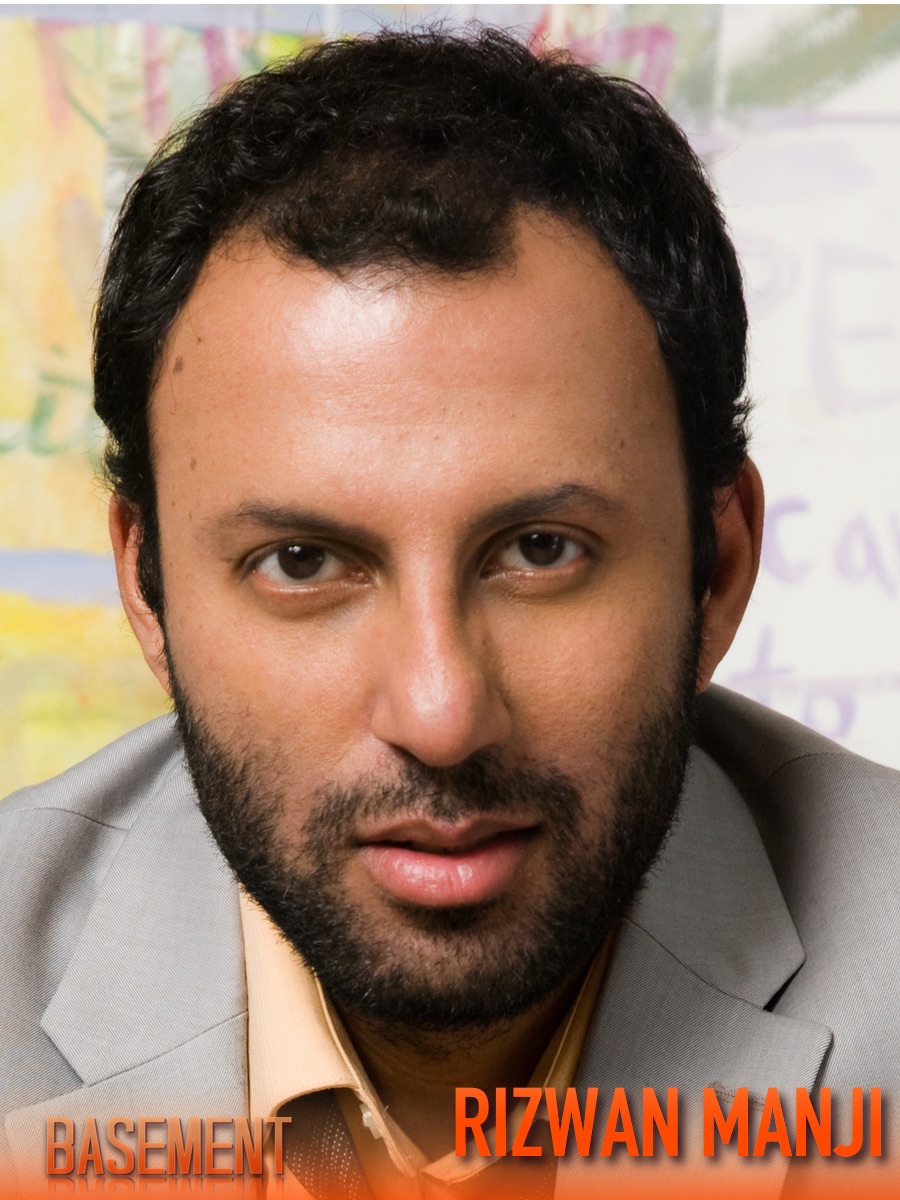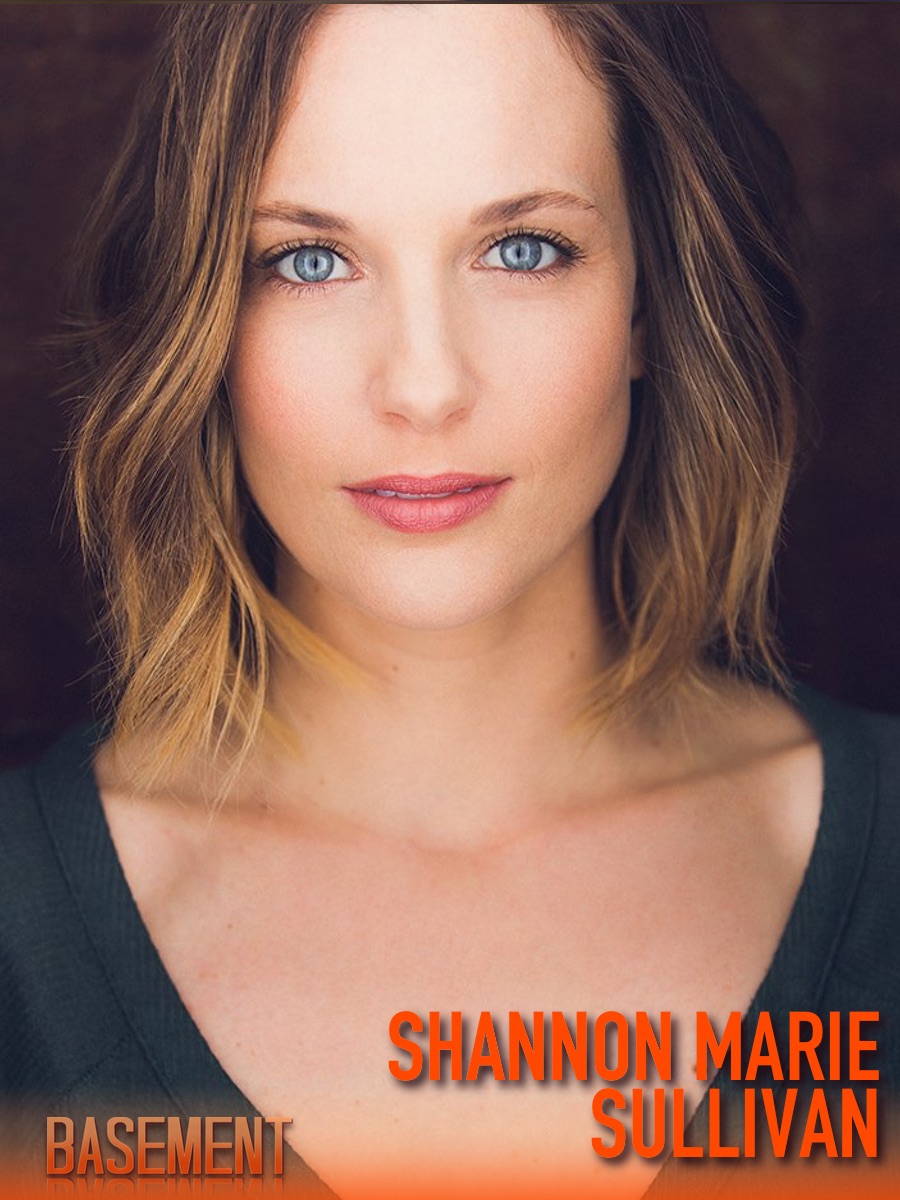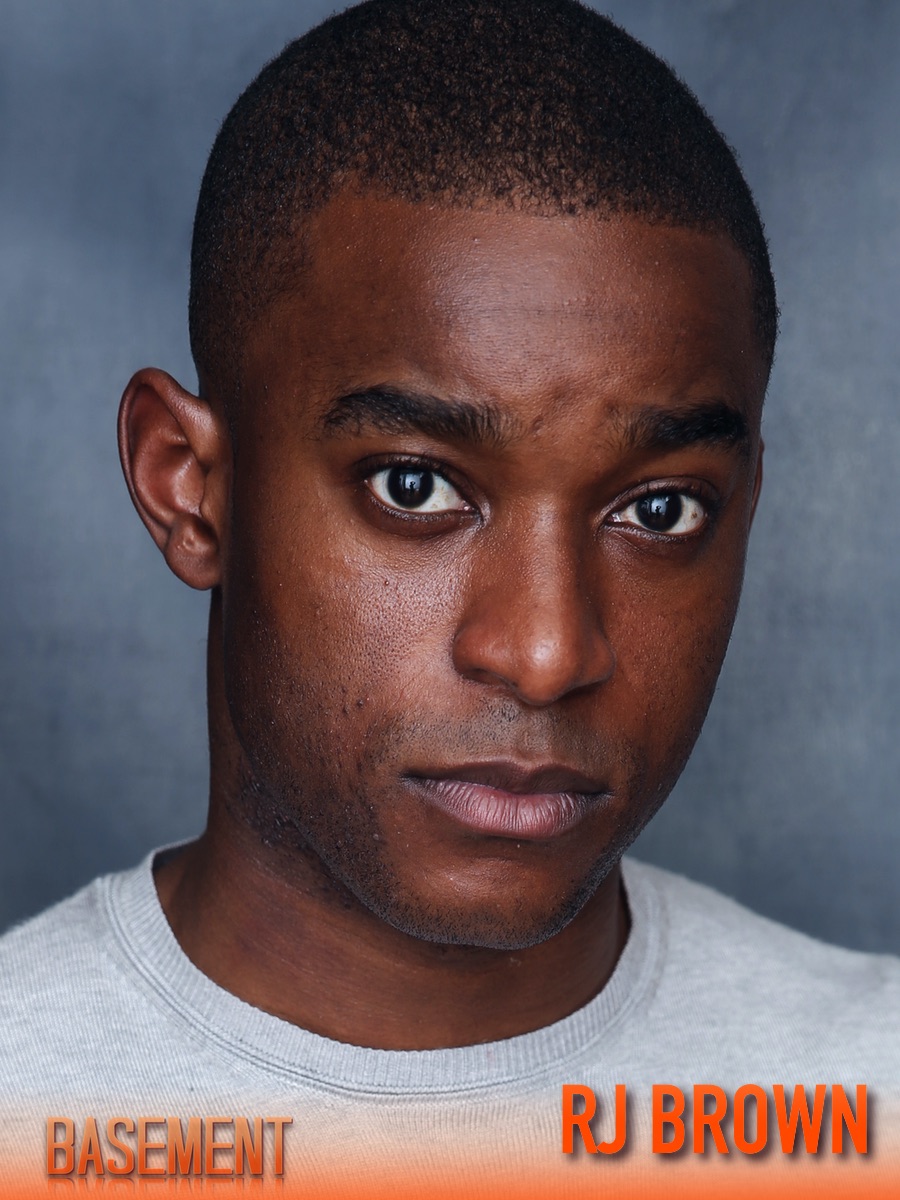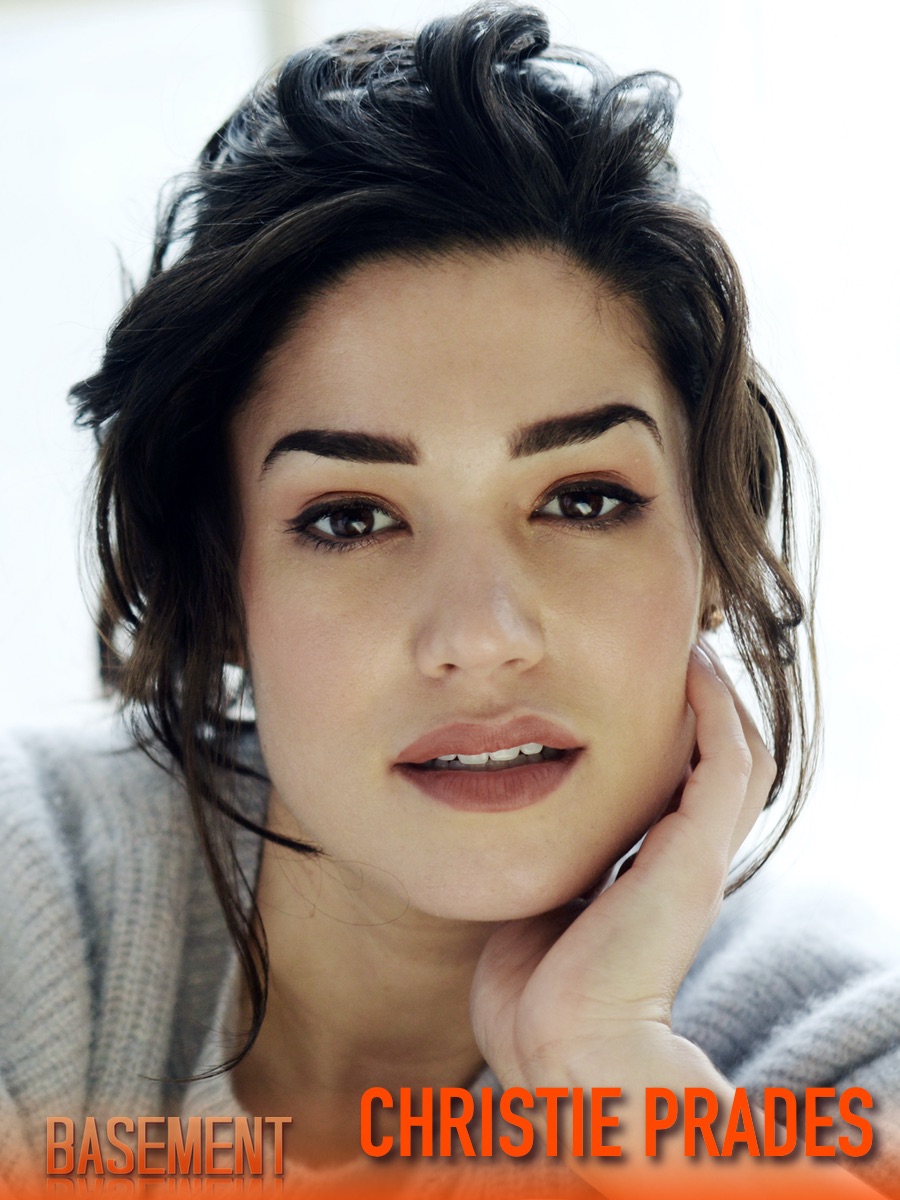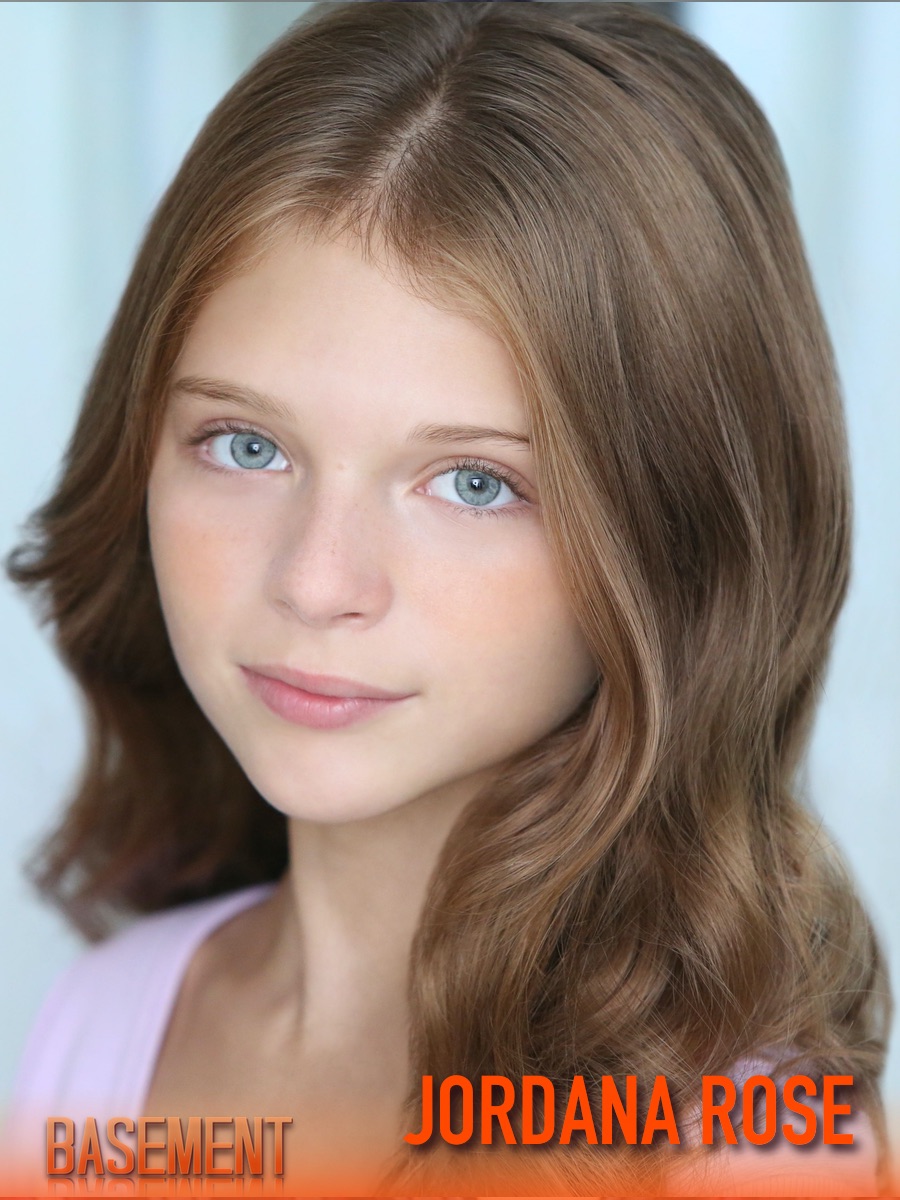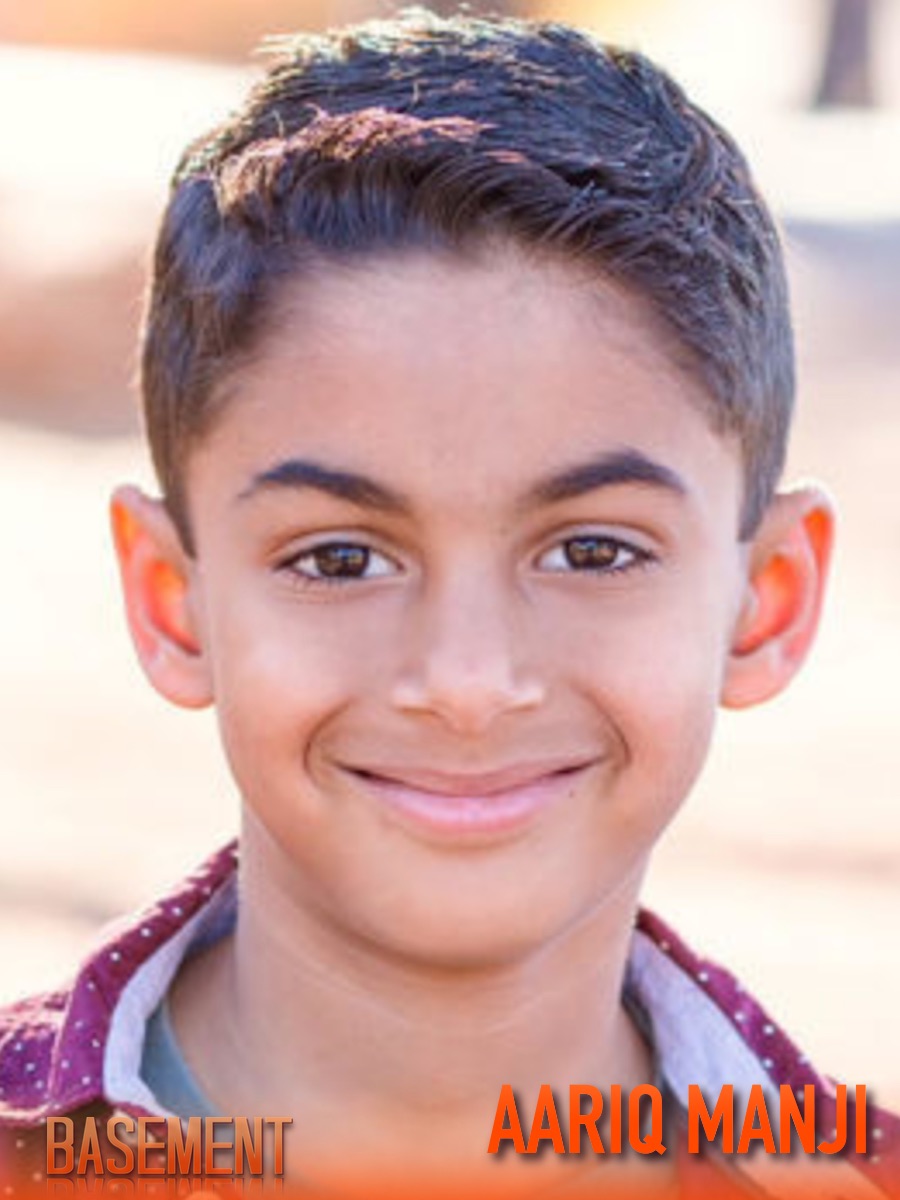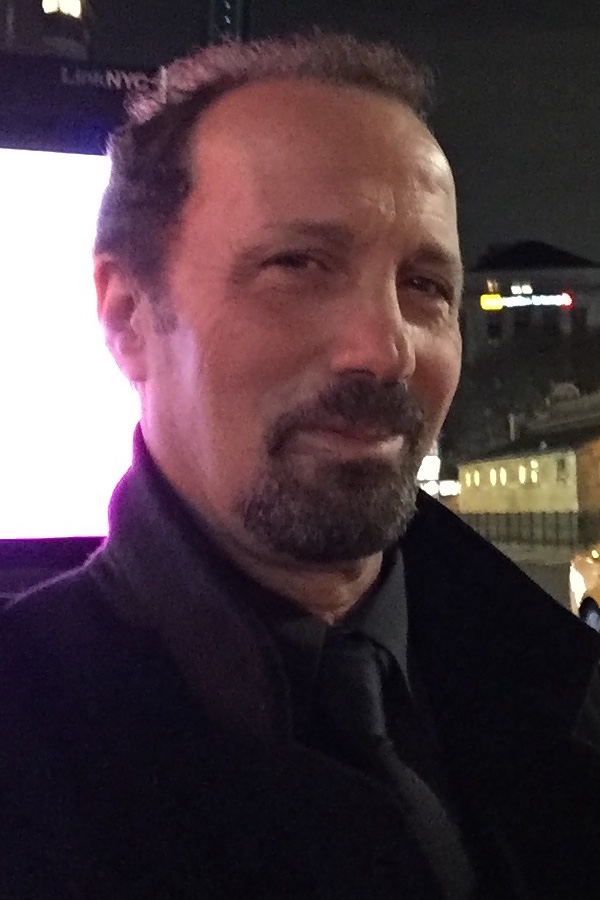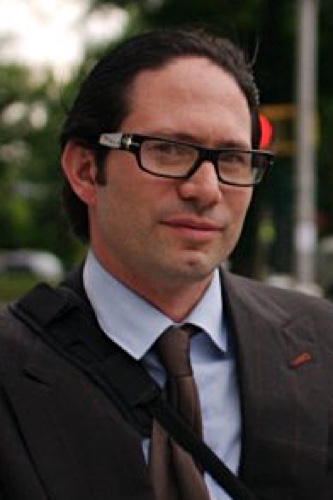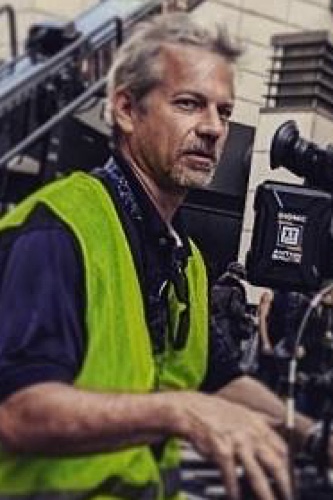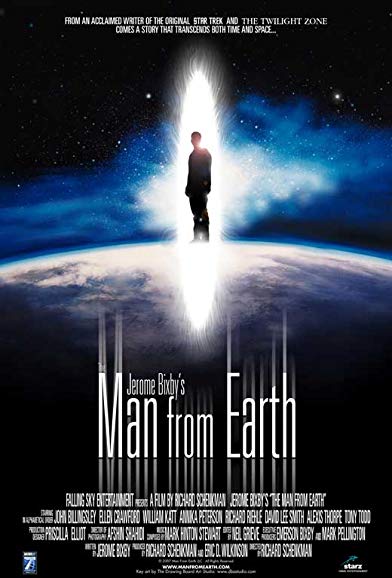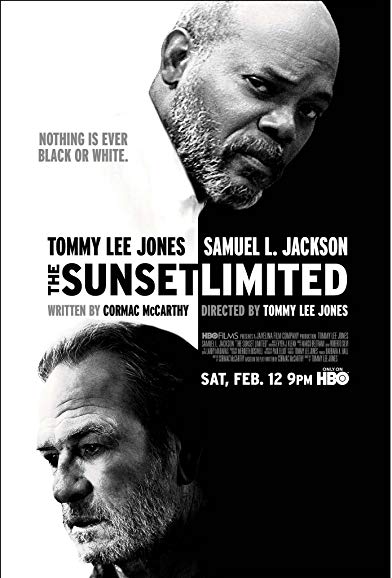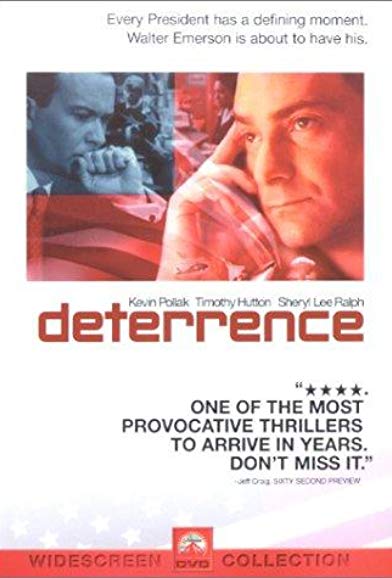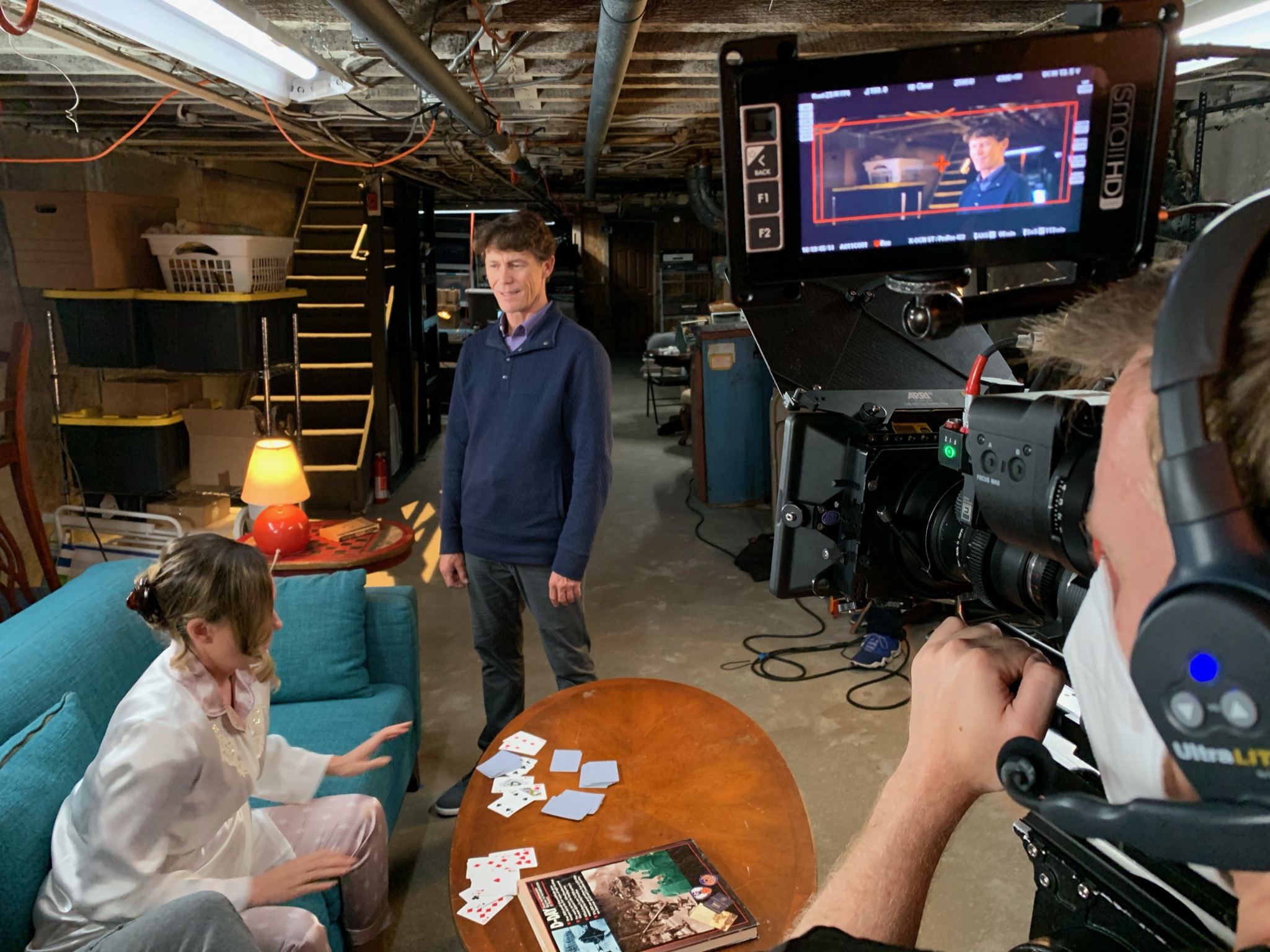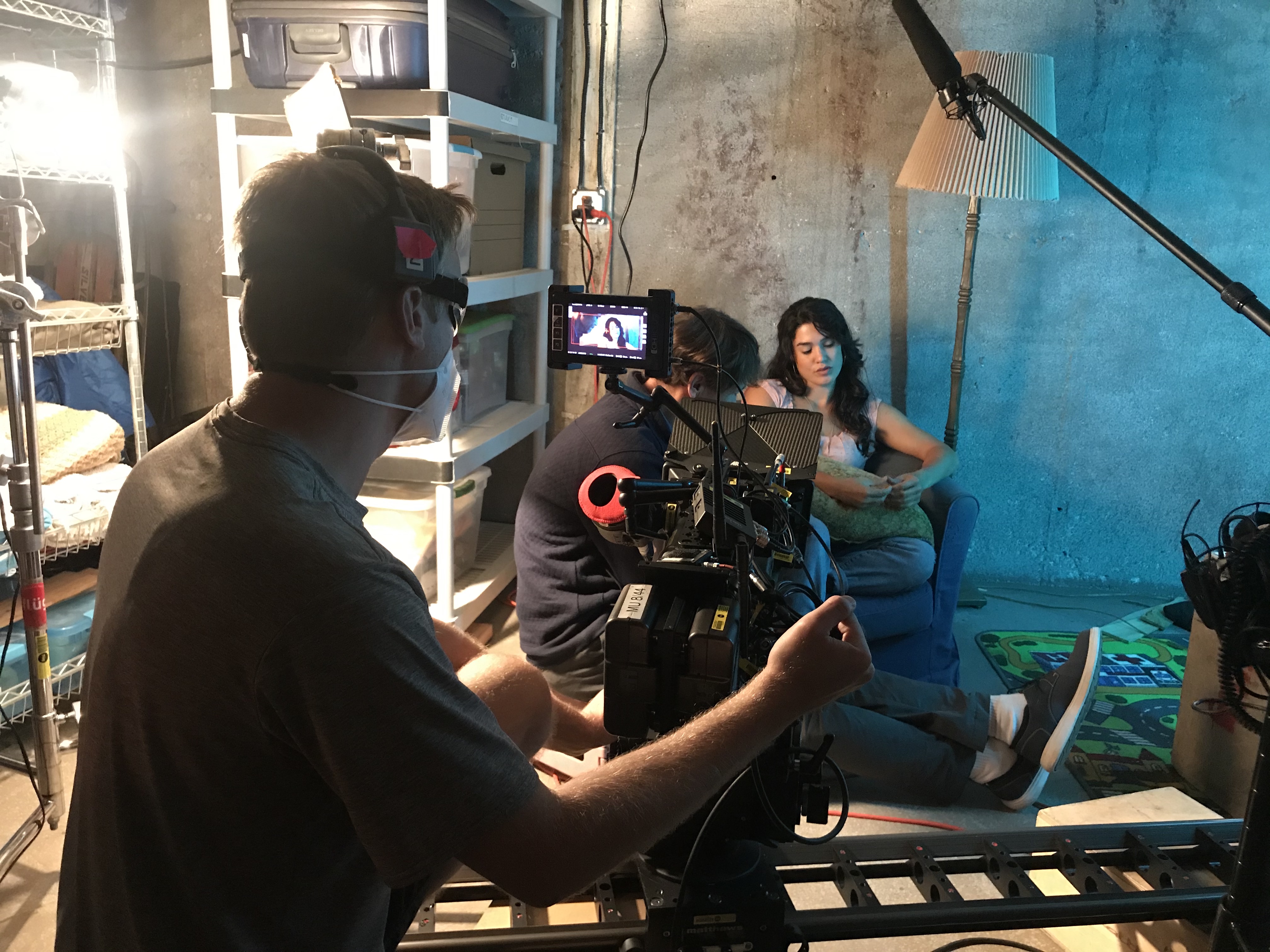PART 1 - or how we shot a feature film in 9 days, on an ultra-low budget, during the Covid-19 pandemic
I began planning the production of BASEMENT in October of 2019. After months of planning, assembling a crew and finding a location, in January 2020, we hired a casting director to cast the film, scheduled to begin shooting in April 2020. However, as my people say, “I planned and God laughed.”
With pre-production in full swing, by early March it was clear that we would not be filming in April. We thought maybe June or July, but come July and we were still pushing the production start date. However, we had began our negotiations with SAG. Under normal conditions, you agree to the contracted that fits your production, prove you’re for real and SAG approves your movie. These, of course, were not normal conditions. With Covid-19 in full force, we had to put together a plan, following New York State and SAG guidelines, to keep our actors and crew safe. And we had to show SAG how we would adhere to this plan. To that end, we hired a Covid Compliance Officer that is a medical doctor and arranged for testing of our entire cast and crew every two days, among a myriad of other things. In the end, adherence to our Covid-19 protocol increased the budget by nearly forty percent. However, jumping ahead, no one got sick.
By September 2020 we had cast our movie, found a new location on Long Island (our old Brooklyn location couldn’t have possibly been made Covid compliant) and finally got approval for our SAG contract. Our incredibly expedient, nine day shoot began on September 28, 2020. The 90+ page script meant we would have to average nearly 11 pages a day, but our shooting schedule was restricted by our SAG contract to 10 hour days. We put up the entire cast at a hotel, five minutes from our location, in order to reduce travel times and keep everyone safe.
Our location was the basement of a storefront, newly vacated due to the Covid pandemic. We also secured the storefront above and next-door, along with the alley behind the buildings, to set up holding, dressing rooms and eating areas. We installed an exhaust system, to be run between takes, in the basement, in order to comply with our Covid plan. Our production designer and art director, along with their crew, painted, staged and set the immersive location beautifully. The location served it’s purpose perfectly.
We worked with a skeleton crew on set, as the basement was only 16 x 70, and with a cast of up to eight people, at times it could get quite crowded. Several monitor stations were set up in the storefront above, so cast and crew could watch without being below. I directed on set during filming. Everyone wore masks, all the time, except the actors during filming and lunch, where cast and crew sat 2 to a 6 foot table. No visitors were aloud on location.
Despite the inability to hide lights on the set, (the ceiling was at 7 feet) our cinematographer artistically lit each shot. We used a Sony Venice Digital camera, with a Kowa anamorphic lens set, shooting hand held, on steady cam, slider and sticks. The results look way beyond our time or budget.
Working with limited rehearsal time (in fact our first rehearsals were done on Zoom) our most talented cast delivered tour de force performances, that exceeded everything I had hoped for. We wrapped shooting, on schedule, on October 9, 2020. I cannot say the production went off without a hitch, but the amazingly skilled cast and crew pulled off what seem to be an impossible production, especially given the extenuating circumstances, and they did it magnificently.
Production went by in a blur. It seemed a bit surreal, but watching the clips, I can see we really did it. Now in postproduction, editing a rough cut, I am marveling at the footage that we shot. The images are gorgeous and the acting is powerful. I can only hope my story holds up to the high standard of the production.
And now I have the first rough cut finished. Next comes music, polishing, FX and color grading. And oh yeah, there’s that little thing called selling the film. Here's hoping. But whatever happens, it was a wonderful experience. I am so grateful to my most talented and dedicated cast and crew. We made a movie.
PART 2 - or It's not the Size of your Instrument but how you use it.
We filmed BASEMENT using a Sony VENICE Digital Cinema Camera. We shot handheld, steady cam, on slider and sticks. When fully configured the VENICE has a relatively large footprint for a digital camera. While probably the best camera we could have chosen (and don’t ask me how we got this set up on our budget, because I’m still not sure) there could have been size issues considering 99 percent of the film was shot in a 16 by 70 foot basement with a seven foot ceiling height.
To deal with some tight squeezes, our amazing cinematographer also arranged for us to have at our disposal the Sony VENICE Extension System, Rialto, which allows you to separate the sensor block from the camera body and operate it remotely via a tether back to the body itself. Yeah, I know, I copied that from the Sony site. For us non-techies, it's a block you mount the lens to, that allows you to film independent of the camera body. (Still confused? See the pictures below.)
This system allowed us to put the “camera” in places we would not be able to fit the camera. It also facilitated another construct of the film and script. In telling the story, Hannah, the young girl whose basement we are in, uses her tablet as a sort of diary, both recording herself and some of the action as it happens. To simulate the tablet camera, we used the Rialto system with a spherical lens, as opposed to the Kowa anamorphic lens set used on for the rest of the film. Our young actress was even able to hold the unit as she filmed herself talking into the tablet. (See below.) The effect is visually, well, just what I imagined. You can decide when the film comes out if it was effective.
Of course the best equipment in the world is worthless without an experienced and talented crew that knows how to use it. Thank you Leland Krane, for securing such a premiere system and along with your crew, delivering such a beautiful film. And thank you Sony for your support and your marvelous tools.
Oh, and about that 1 percent that wasn't shot in the basement... See the last pictures below.
PART 3 - or Location, Location, Location
The film BASEMENT is an adaptation of my play of the same name. The play was written to be performed in small theaters. In the original production, the entire theater was dress as the basement, putting the audience "in the basement" with the cast. I wanted the film to be immersive also. I needed it to feel claustrophobic and I wanted to see the ceiling right above the characters heads. As such, I chose to shoot in an actual basement.
At first I looked at a brownstone basement in Brooklyn. After much planing, there ended up being too many obstacles, literally as well as figuratively, to using the space. Size and prior usage were two contributing factors, and finally, Covid-19 again reared her ugly head, employing restrictions we would have never been able to navigate in a brownstone basement.
By the time Covid had come into play, we had a production designer and art director in place and they came through with the perfect location.
They found for us a couple of storefronts on Long Island that, ironically due to Covid-19, were vacant and available for short term rental. This location gave us several advantages. The footprint was slightly bigger than your average brownstone. It was empty and clean. It had the perfect street hatch that did not open to the street, giving us control of the light. And it had two exits to the outside, giving us excellent cross ventilation. This was no small thing. Our ventilation plan had to be illustrated in our Covid Production Protocol in order to get SAG approval. I also learned from crew that some had reservations about working on a film for two weeks in a basement. But most of the crew were not in the basement. The location came with the use of two storefronts above for staging, media village, hair and makeup and dressing rooms. The alley behind the building was also employed as the perfect place to setup seating for lunch (two to a six foot table, of course.) And being out of the crowded Brooklyn population zone during the most deadly pandemic in 100 years gave us, quite literally, a little breathing room.
It still had to look like a Brooklyn brownstone basement, and that transformation was handled expertly by our design team. From the painting of the walls, floor and plumbing to give the appearance of a musty, water stained underground vault to the dressing of just enough clutter to make it feel real.
Most film productions move from location to location. Even if they shoot in one building for an extended period they are usually moving from room to room. We shot in one room, 10 hours a day, for two weeks. The location we chose not only made the production possible, it made it safe and enjoyable.
PART 4 - PPD (Post Production Depression) is Real
That's a wrap. In film production, it is the cry that announces the end of the days work, as well as the end of principle photography - the filming of the movie.
For anyone who has worked in production on a film, you know it is an intense and exciting time. Every job is intensified by the time critical nature of production. Friendships and bonds are formed. Competition and acrimony also sometimes happen. Experiences are heightened by the pressure to create on a deadline.
Filming during the Covid-19 Pandemic was a particularly exceptional experience. In many ways it was less intimate than the normal film set. We were all well aware of the distance that need to be kept from one another to keep safe. Masked all day, you might not even recognize someone on the street in a year. Two people to a six foot table at lunch, quiet breaks and no craft service table to gather around and dish. No, this was not the typical film set. But bonds were formed and new friendships were made none-the-less. And I believe, due to circumstance, a measure of protectiveness emerged in the entire cast and crew towards one another. No one ever wants to see anyone hurt on a film set, but the danger here was so much more palpable. Perhaps that is why I found this to be one of the most friendly and supportive sets on which I ever had the pleasure to work. Though there were moments when tensions ran high, I can’t remember an outburst or discourse that rose to the level of a distraction. We were a team, in sync, good-humored and exuberant; appreciative that we had work, doing what we love doing.
And suddenly, that's a wrap; and it's over.
A film set disbands differently than other jobs or even a theater production. People "peel off" as their role is completed. By the last shot there may be half or less of the cast and crew remaining. I, of course, was there until the last truck rolled away.
While our production, wildly successful, is over, the film footage "in the can" (shouldn’t we be saying "on the drive?") the cast and crew moved on to their next project, the movie is far from complete. And now, this ultra-low budget movie producer/writer/director is alone in his office with 12 terabytes of data and a makeshift editing suite. I watch my amazing cast and crew interact on a daily basis on my monitor; hear their laughter and chatter preparing for the next shot; the all familiar cry of our acting AD, "Hold work! Roll camera, roll sound - rolling, rolling, rolling!" With headphones obscuring the rest of the world, I’m almost back there, in the basement with my cast and crew. Then the phone rings or the dog barks and I’m back at my station, alone in the dark.
OK, being a little overly dramatic here, but remember I have PPD!
Honestly, post production is going well. In four months I have a picture lock and am working with a brilliant composer on scoring the film. The state of the art today has allowed me to bring the editing to this stage alone. Even on my minimal system, I am able to cut, sound edit and grade the extremely high resolution 4k footage captured by our Sony Venice camera package. While I thoroughly enjoy editing and believe, due to the way we shot this film, it was imperative I do the first cut, it is monetary restrictions that have left me the sole operator. Depending on the sale of the film, I hope to bring in a few creative specialist to grade, mix and polish the final cut.
Such is the plight of the ULB producer. Creativity is stretched to the limit; as are my nerves. Conversations with my sales agent help, but he’s marketing a work-in-progress. Not an easy sell, an unfinished film by first time feature film director, even in this Covid impaired market. And there is still one important VFX sequence to be done.
All I can do now is take it one day at a time. Finish a scene. Finish a cut. Put in an effect. One hundred and twenty days post production behind me. Do they give chips for this kind of thing? Ultimately the reward will be a finished film of which everyone involved can be proud; and post production depression will give way to an extraordinary sense of accomplishment.
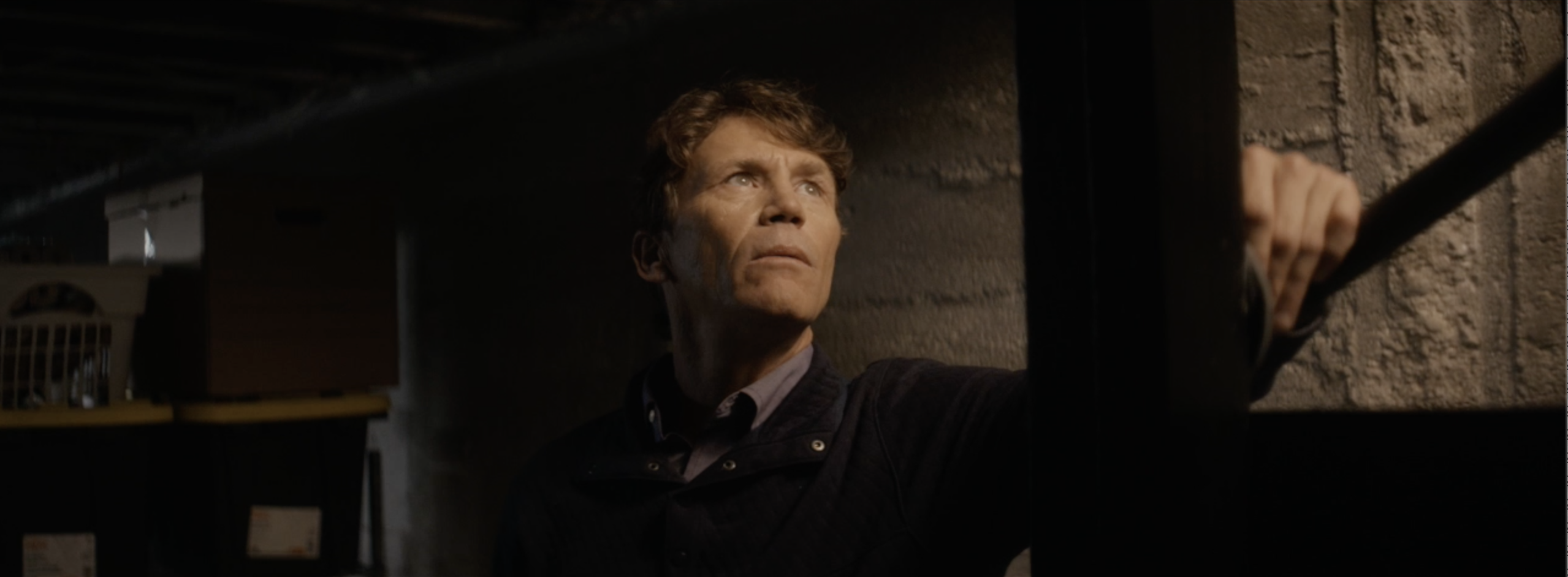
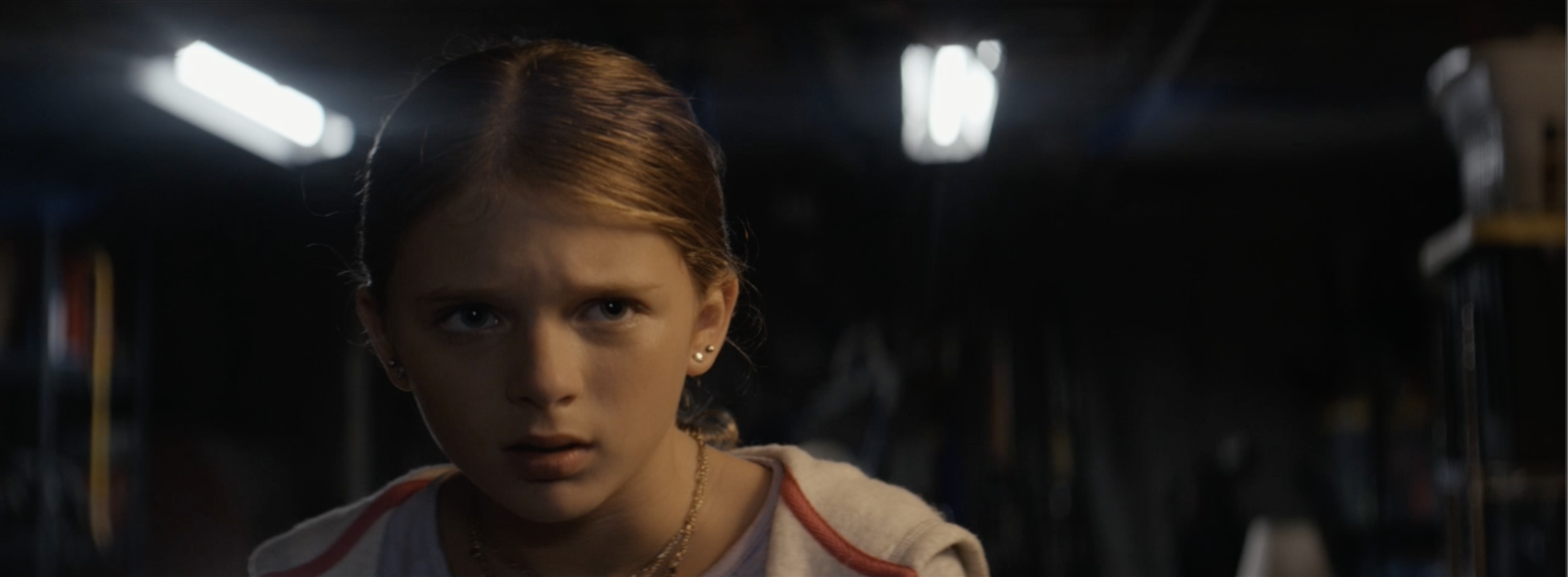

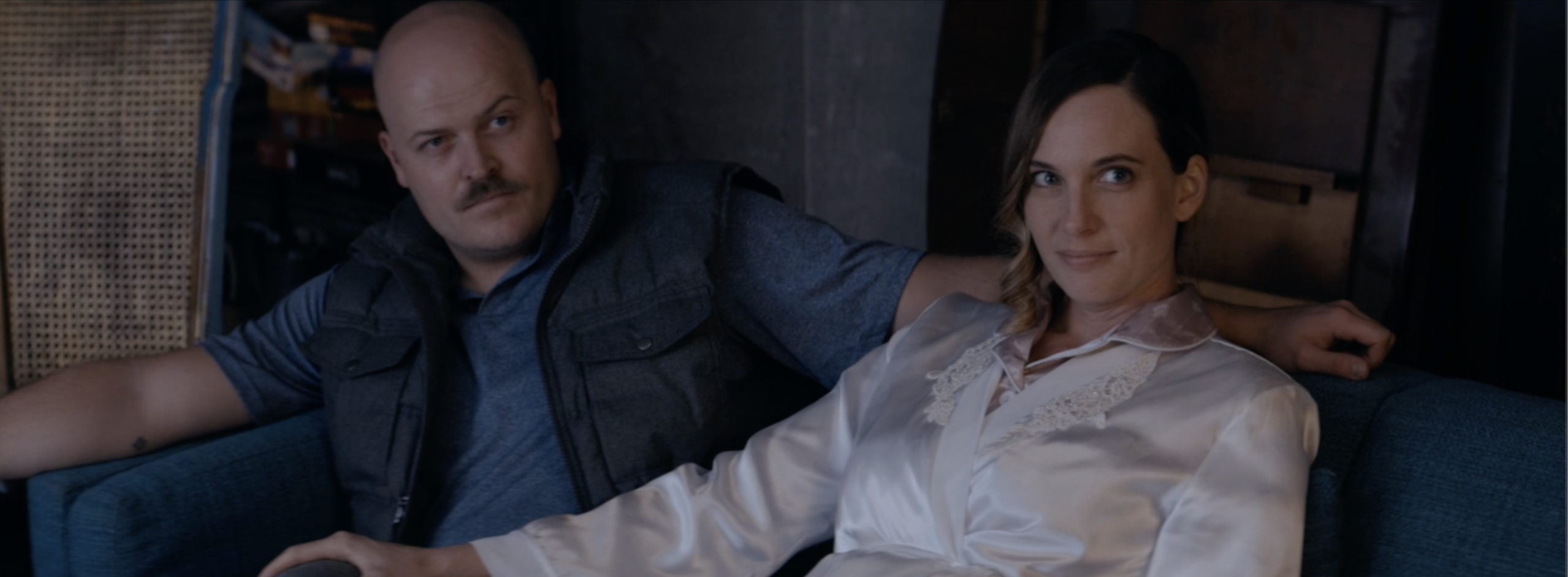

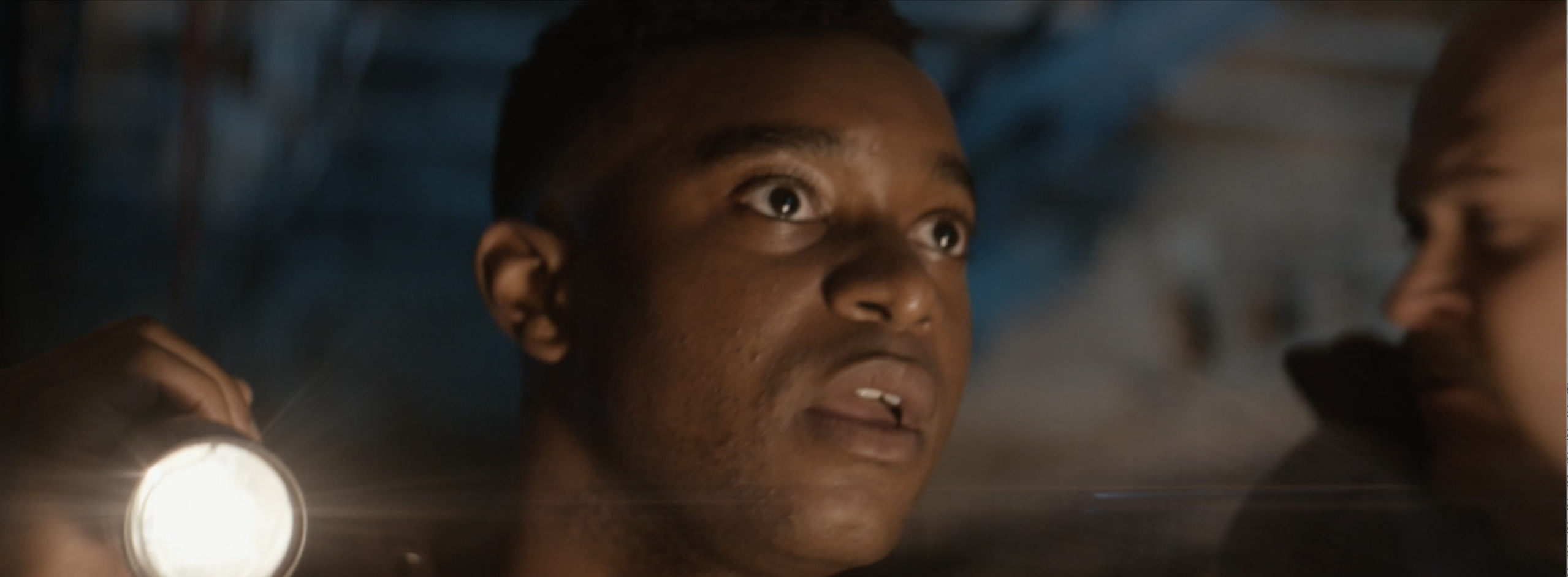
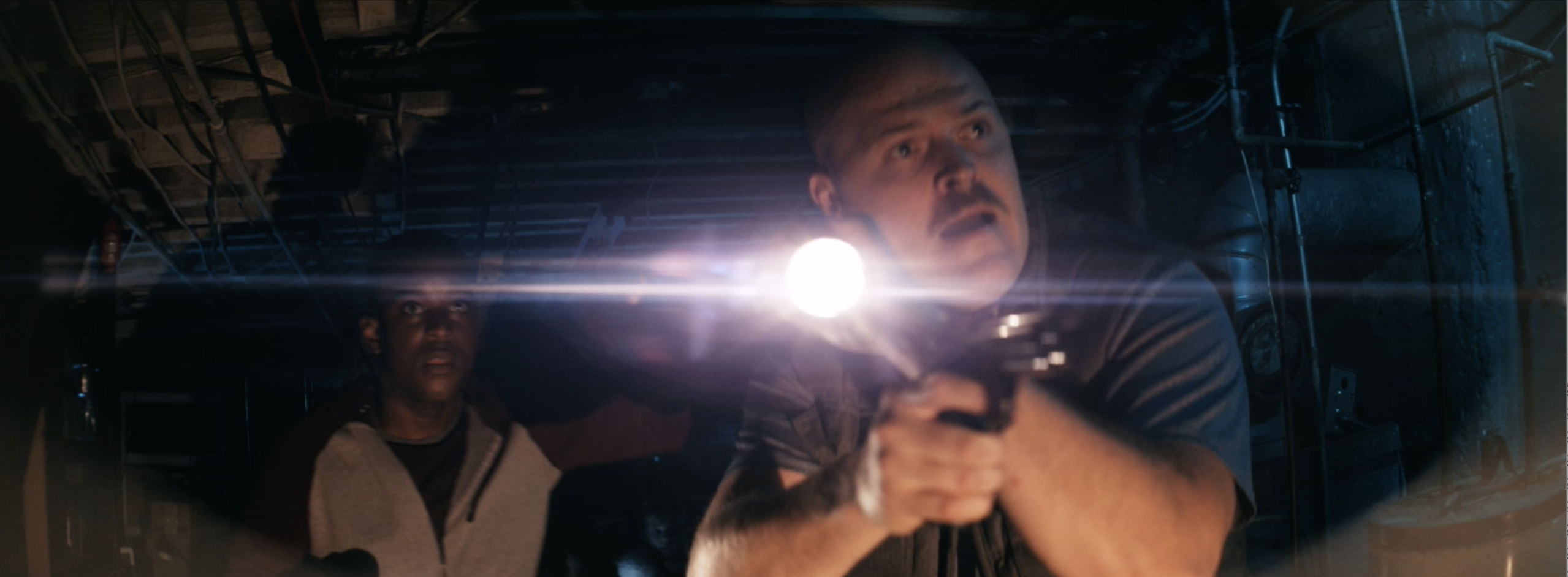
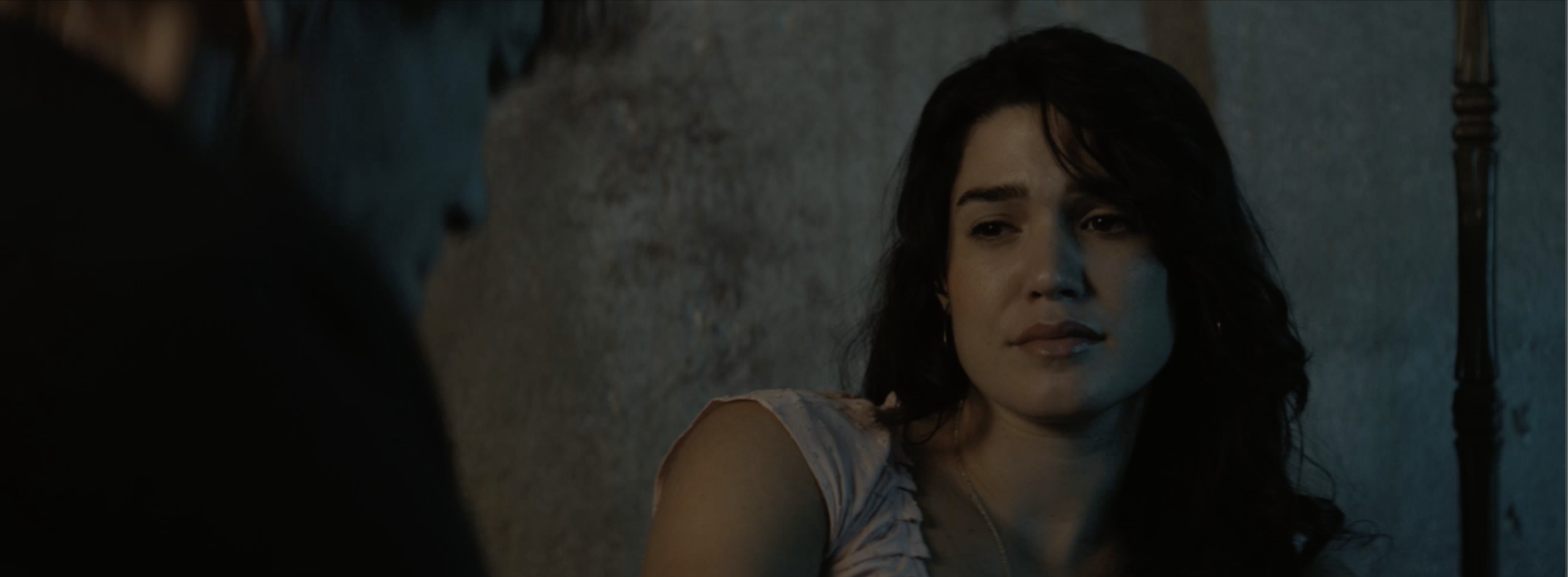
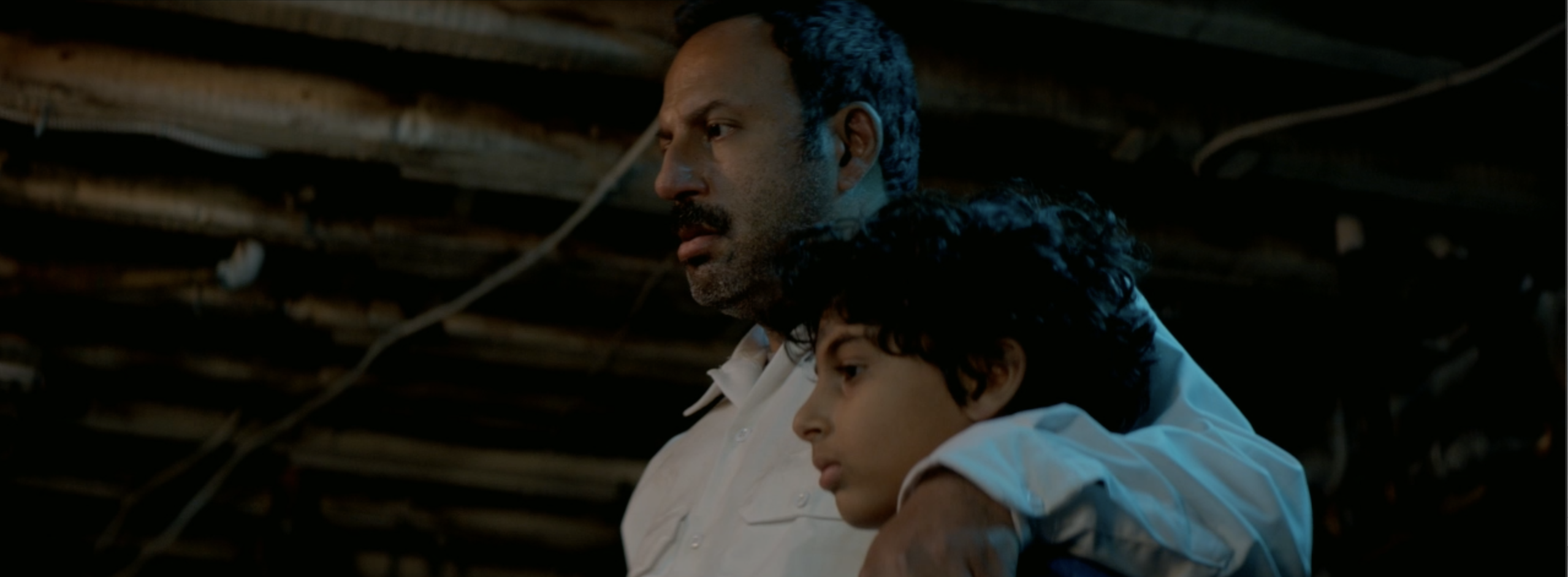
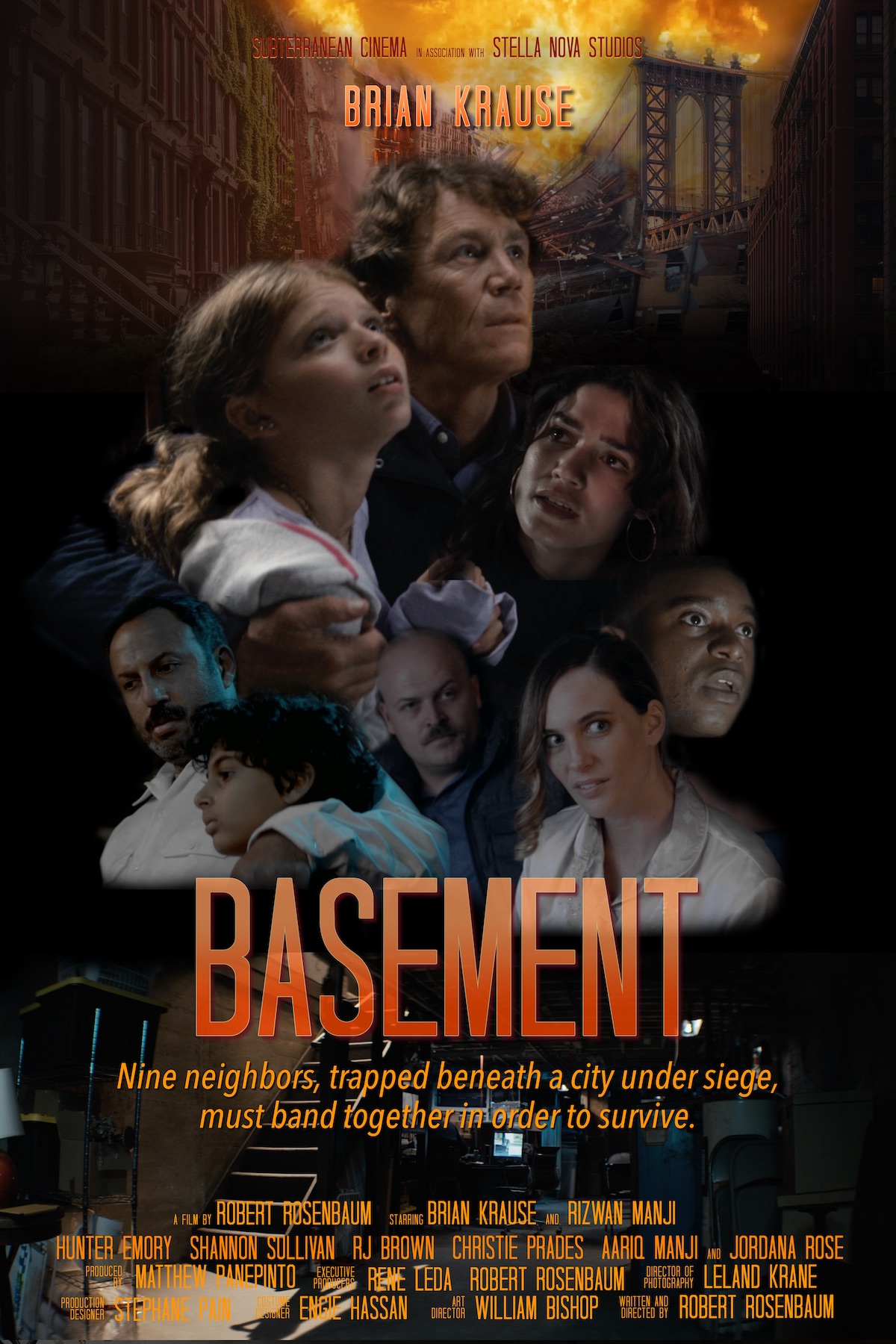 Nine neighbors, trapped beneath a city under siege, must band together in order to survive.
Basement is a contemporary drama set in Brooklyn New York, in a world overshadowed by fear.
Nine neighbors, trapped beneath a city under siege, must band together in order to survive.
Basement is a contemporary drama set in Brooklyn New York, in a world overshadowed by fear.



